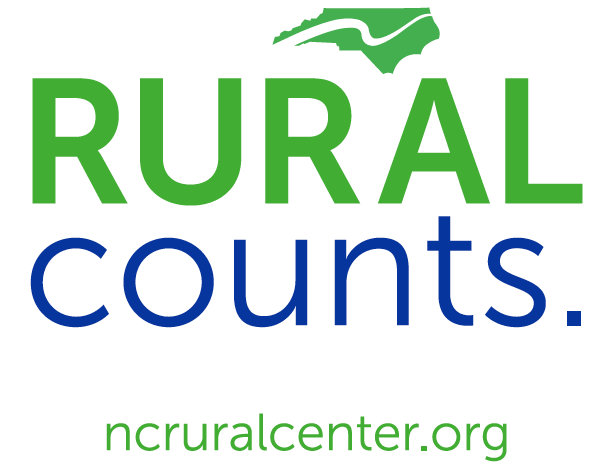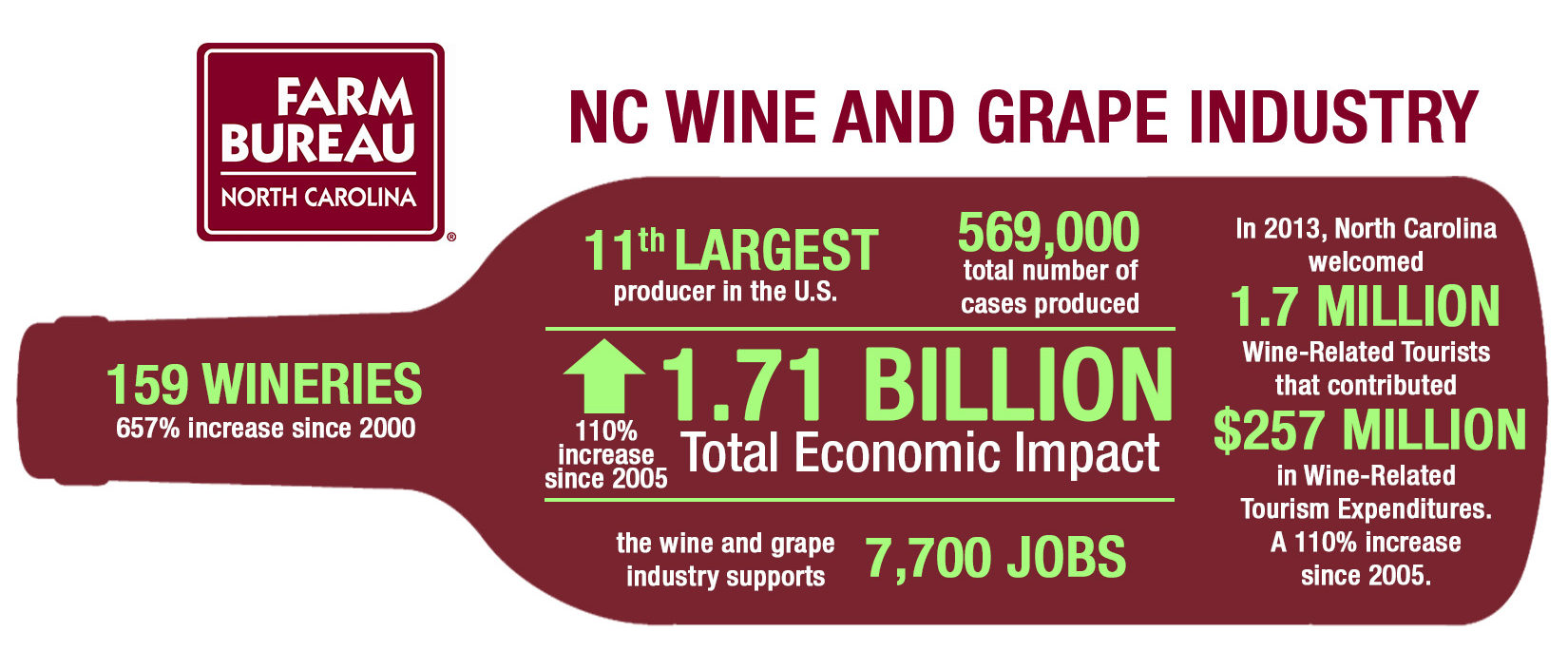The following appears courtesy of NC State University College of Agriculture and Life Sciences.
Agriculture and agribusiness — food, fiber and forestry — make up an $84 billion a year industry in North Carolina, contributing one-sixth of the state’s income and employees, according to the latest figures from NC State University economist Mike Walden.
In calculating value-added incomes for 2014 (the latest year for which figures are available), Walden found that food, fiber and forestry industries contributed more than 17 percent of the state’s $482 billion gross state product.
These industries also accounted for 686,200 of the state’s 4 million employees, according to Dr. Walden, a William Neal Reynolds professor and North Carolina Cooperative Extension economist. That’s up 23,000 from the previous year.
Walden said that overall value-added income from the state’s agricultural and agribusiness sector grew by 10 percent from 2013, when it contributed $76 billion to the state’s economy.
Walden says that the rise in North Carolina agriculture and agribusiness coincides with overall national economic growth of 2.2 percent in 2014, with much of the increase coming from the processing sector.
“Both tobacco product and food processing had big gains in value-added, the value of production at the processing level, in 2014. This reflects the rebound in those sectors consistent with a general economic rebound,” he said. “There was also a more modest improvement in wood product processing.”
.jpg) Nearly everywhere I go, it seems the conversation always includes concerns about student access or acceptance to a 4-year undergraduate degree – especially for kids from rural and farming communities. We hear this message loud and clear, and I want to let you know our college is fully committed to helping all qualified students find their path to CALS.
Nearly everywhere I go, it seems the conversation always includes concerns about student access or acceptance to a 4-year undergraduate degree – especially for kids from rural and farming communities. We hear this message loud and clear, and I want to let you know our college is fully committed to helping all qualified students find their path to CALS.

